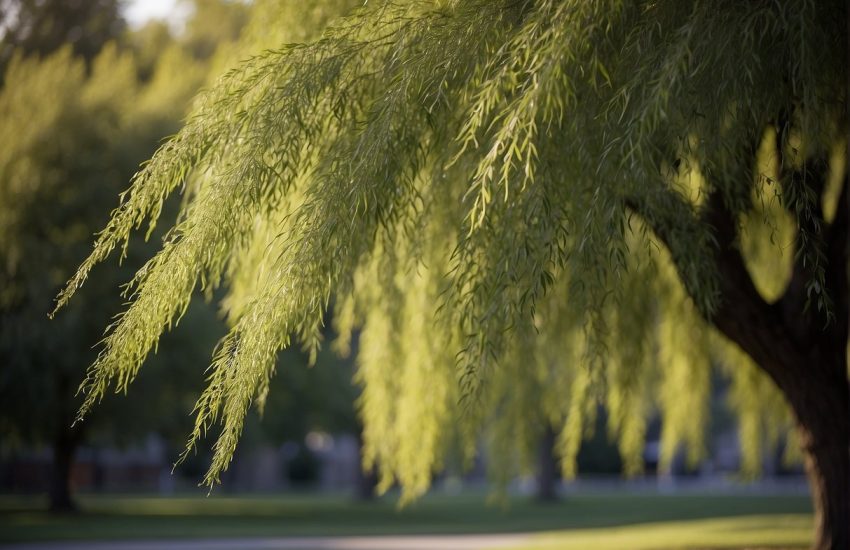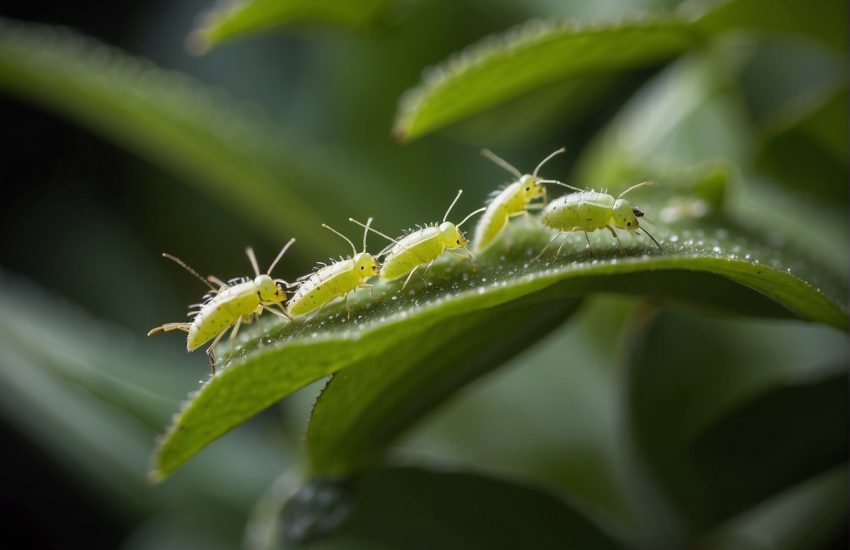Trees Similar to Japanese Maple: Varieties to Consider for Your Garden
Japanese maple trees are a popular choice for landscaping due to their beautiful foliage and unique shape. However, they may not be suitable for all environments. Fortunately, there are several trees that have similar characteristics to the Japanese maple and can be used as alternatives.
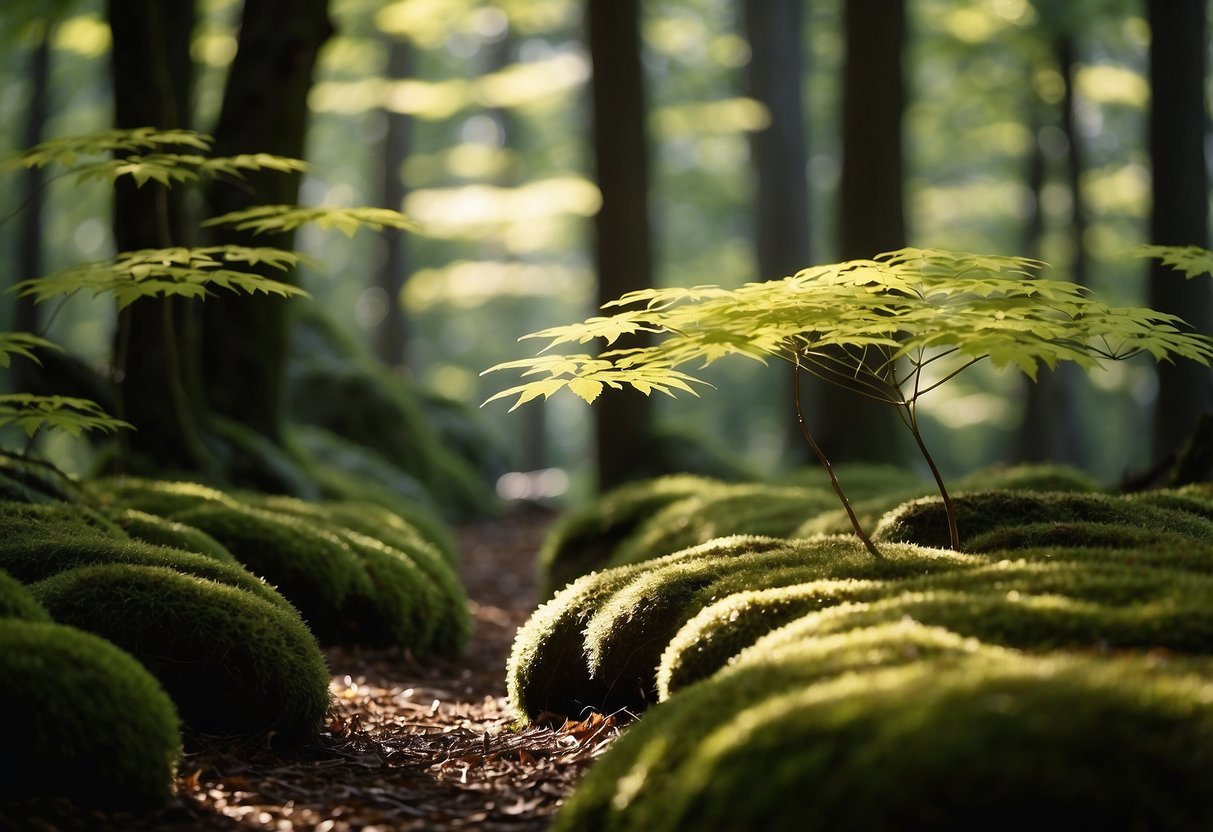
One such tree is the Rocky Mountain maple. Like the Japanese maple, it has a delicate, lacy foliage and a beautiful autumn color display. It also has a similar size and shape, making it a great substitute for those who live in areas where Japanese maples struggle to grow. Other trees that have similar foliage color and shape include the vine maple, witch hazel, western redbud, Canada red chokeberry, red-leaved hibiscus, and castor bean plant.
When choosing a tree similar to the Japanese maple, it’s important to consider the environment in which it will be planted. Factors such as soil type, sun exposure, and climate can all have an impact on the tree’s growth and health. Consulting with a local arborist or landscaper can help ensure that the chosen tree is the best fit for the area.
Characteristics of Japanese Maple Relatives
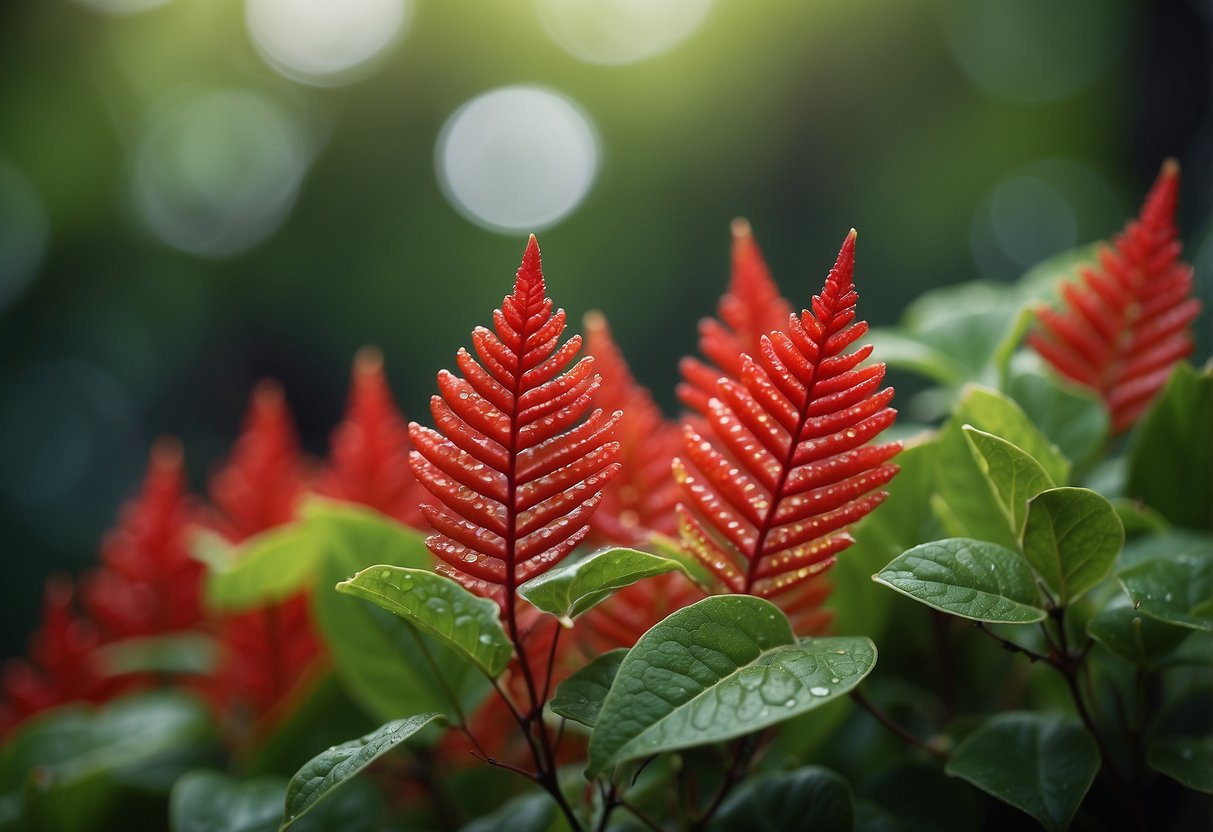
Japanese maples are a popular choice for gardeners due to their unique and graceful appearance. However, there are other trees that share similar characteristics to Japanese maples and can be used as substitutes or complements to a garden. Here are some common characteristics of Japanese maple relatives:
Foliage and Color Variations
Japanese maple relatives have foliage that comes in a variety of colors, including red, green, gold, orange, yellow, and bright green. Some have variegated leaves while others have red leaves, purple-red, or deep red foliage. Some popular cultivars include Autumn Moon, Garnet, and Compact.
Growth Habit and Form
Japanese maple relatives come in a variety of growth habits and forms. They can be small trees or large shrubs and have a range of shapes, including upright, weeping, mounding, spreading, rounded, vase-shape, and more. Some have a weeping habit with cascading branches, while others have a rounded crown.
One example of a Japanese maple relative is the Rocky Mountain maple, which has a similar growth habit and foliage color to Japanese maples. Vine maple is another option with a similar shape and color. Witch hazel has a unique vase-shape and colorful fall foliage. Western redbud has a spreading form and bright green leaves. Canada red chokeberry has red leaves and a mounding habit. The red-leaved hibiscus has a weeping habit and colorful foliage. The castor bean plant has large, unique leaves and a tropical appearance.
Overall, Japanese maple relatives offer a range of options for gardeners looking for unique and colorful foliage in their landscape.
Cultivation and Care
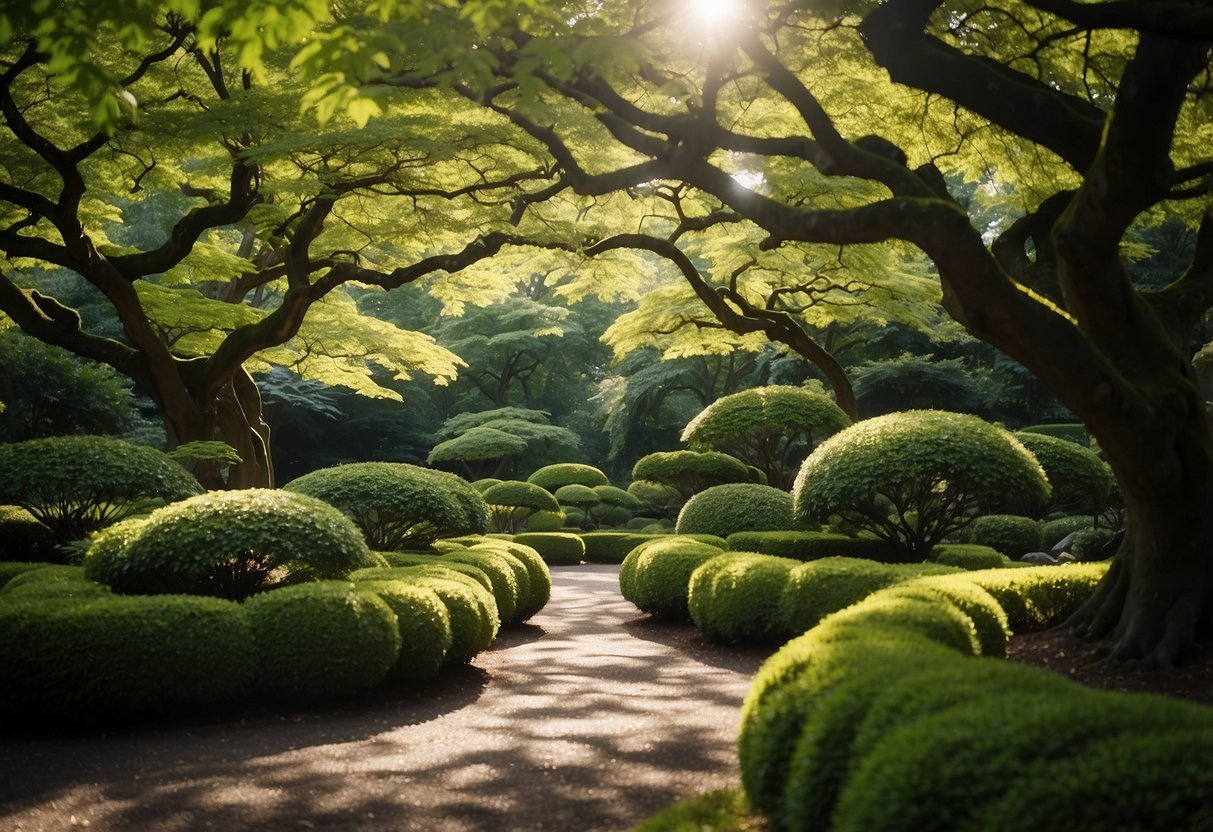
Climatic Tolerance
Trees similar to Japanese maple have varying climatic tolerances. While some species are hardy and can withstand cold temperatures, others are more heat-tolerant. Coral bark Japanese maple, for instance, is hardy in USDA Zones 5 to 9 and can grow in full sun or partial shade. Red dragon, another tree similar to Japanese maple, is heat-tolerant and can grow in warmer climates.
Soil and Water Requirements
Trees similar to Japanese maple thrive in moist, well-drained soil. They prefer slightly acidic soil and can grow in loamy or sandy soil. However, it is essential to avoid soil with high alkalinity, as this can lead to the tree getting stressed out. It is also important to water the trees regularly, especially during dry periods.
When growing trees similar to Japanese maple, it is important to note that they are slow-growing and may not require frequent pruning. However, if pruning is necessary, it is best to do it in late winter or early spring when the tree is still dormant.
Overall, trees similar to Japanese maple are relatively easy to care for and can be grown in containers or in the ground. With the right soil, water, and climatic conditions, these trees can provide stunning autumn colors, lacy leaves, deeply cut or lobed leaves, and feather-like foliage.

